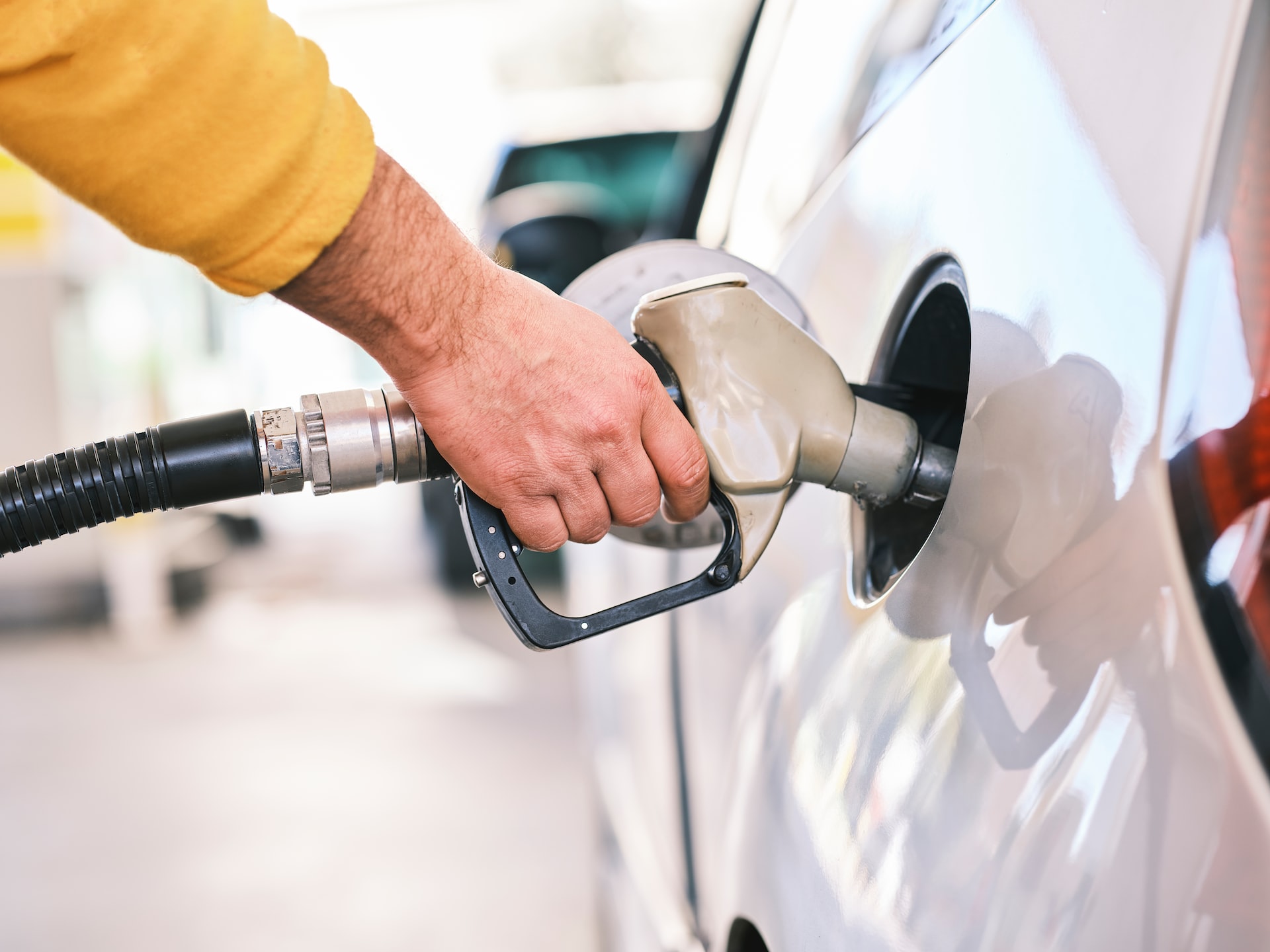There are numerous valid reasons to empty your petrol tank. The main culprit is polluted gas. Historically, “bad gas” referred to fuel that was stale, contaminated with water, or clogged with debris. There were rumours that some customers were filling their tanks with subpar gas from the pump, although this was an extremely rare occurrence.
Before the invention of machinery that revived internal combustion engines, farmers and owners of vintage automobiles who let their vehicles sit for long periods of time and tried to save time by not removing the old gasoline from the tank or engine were the most likely to be exposed to contaminated fuel.
Back in time. The effects of the noxious gas are currently affecting everyone. The presence of ethanol reduces the quality of gasoline. Fuel containing a higher percentage of ethanol is damaging to engines of all sizes. E10 gasoline, which includes 10% ethanol, can spoil in a couple of months, whereas ethanol-free fuel might spoil for years. Problematic. Consumer Reports performs research on E15 gasoline (15%ethanol).
It is critical to drain bad fuel from your tank before it clogs your engine. As such, we will discuss how to empty gas tanks safely and securely. Read on to learn more.
The Gas Syphon: Making the Right Choice
When most individuals think of stealing petrol from a car or truck, they envision a terrifying scene in their heads. They imagine themselves sucking on a lengthy tube with one end inserted into their vehicle’s fuel-filling hole. They then believe they are removing the tube from their mouth and placing it in a bucket before the gas reaches their lips.
This strategy achieves its aim, but at the expense of filth and probable injury. Fuel is incredibly flammable. Even the simplest simple tube syphon could leak dangerous gas.
Use a gasoline-compatible manual pump. At the car parts store, check for a syphon pump with combustible certification because many of them are not safe for fuel use. Avoid low-cost syphons that use a bulb as an ignition source.
A hand pump that is both airtight and high-volume is the most effective piece of equipment, and it should have enough tubing for both the side of the gasoline tank and the end that connects to your authorised fuel container.
Pumping Gas Out of the Gas Tank
Prepare everything before you begin pumping. Gasoline must be stored in a container that has been granted permission. If your tank is already full, you will require more fuel. After installation, locate the gas-filling hole in the same location as the inlet hose of your manual pump. If you go around the metal barrier, it is not a problem.
Continue feeding the tube until there is only a two-foot gap beyond the tank’s boundary. Insert the opposite end into a container that is approved to hold fuel.
Removal of the Syphon Tube
After the old one has been emptied, a new fuel filter, fuel sender, or fuel tank can be installed. Your gasoline-filling tube is obstructed in some way. Never, ever pull.
The tube is twisted up in the fuel flap. Move the tube in the opposite direction while maintaining the flap in place.
Before striking the gas filler, you should first ground a metal screwdriver against the vehicle to prevent sparks from forming. You might also use a wooden stick instead.
Conclusion
Using automobile vehicles is not only convenient, but it is also a responsibility. As a driver, you must learn how to work the different parts of the car, even when it comes to emptying the tank. Through these tips, you will no longer encounter problems with your gas tank again.
Do you need to drain your fuel tank? Fuel Fixer is here to attend to your needs, whenever and wherever. In the UK, we are your go-to team. Contact us today!
